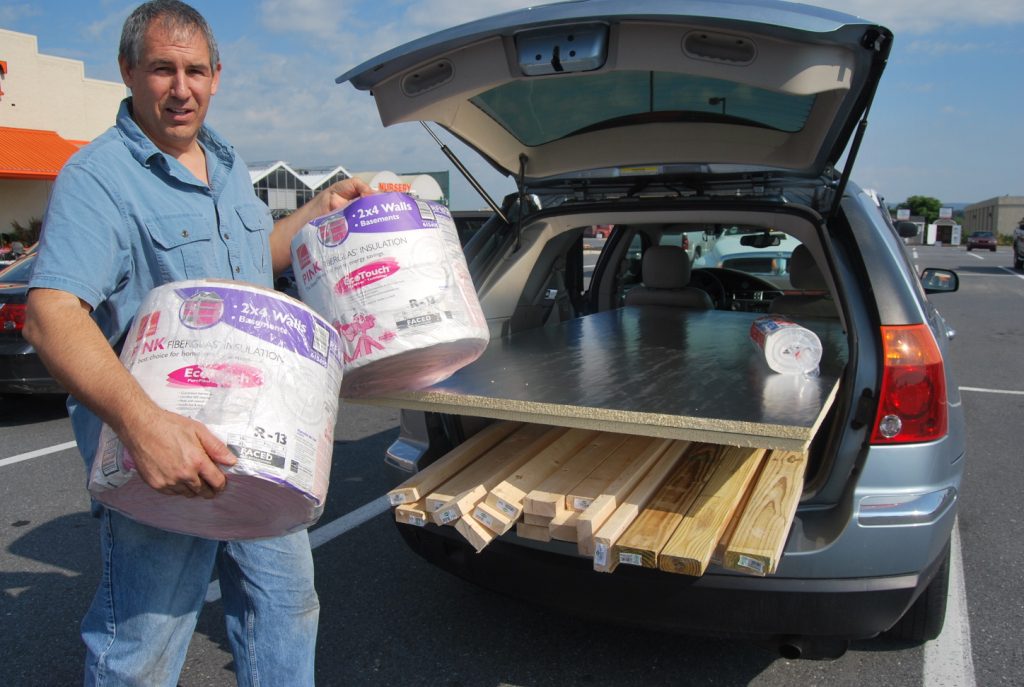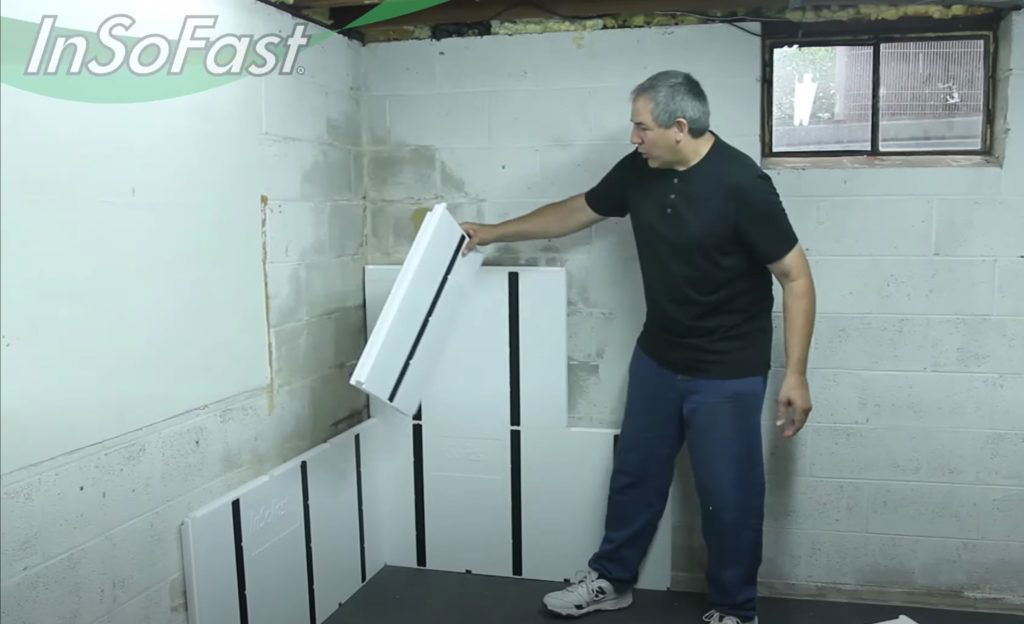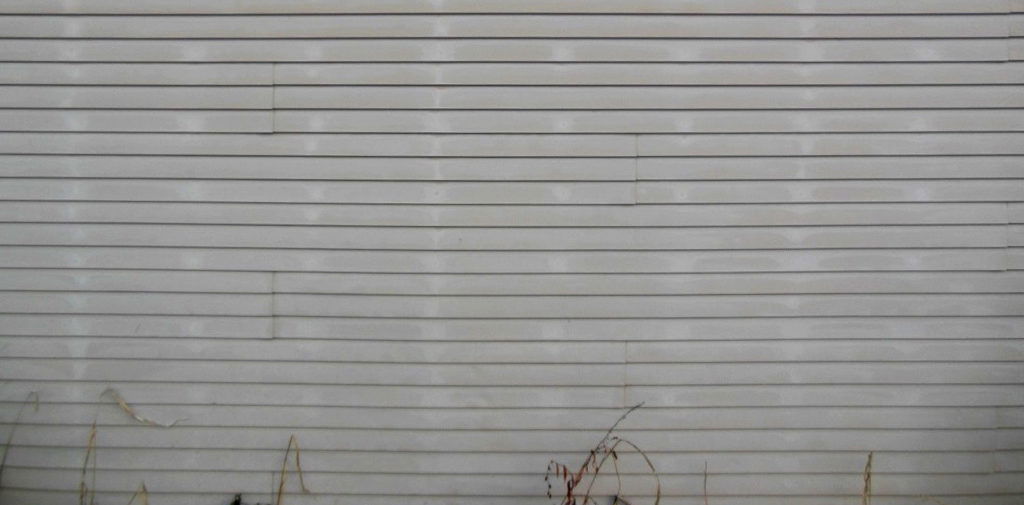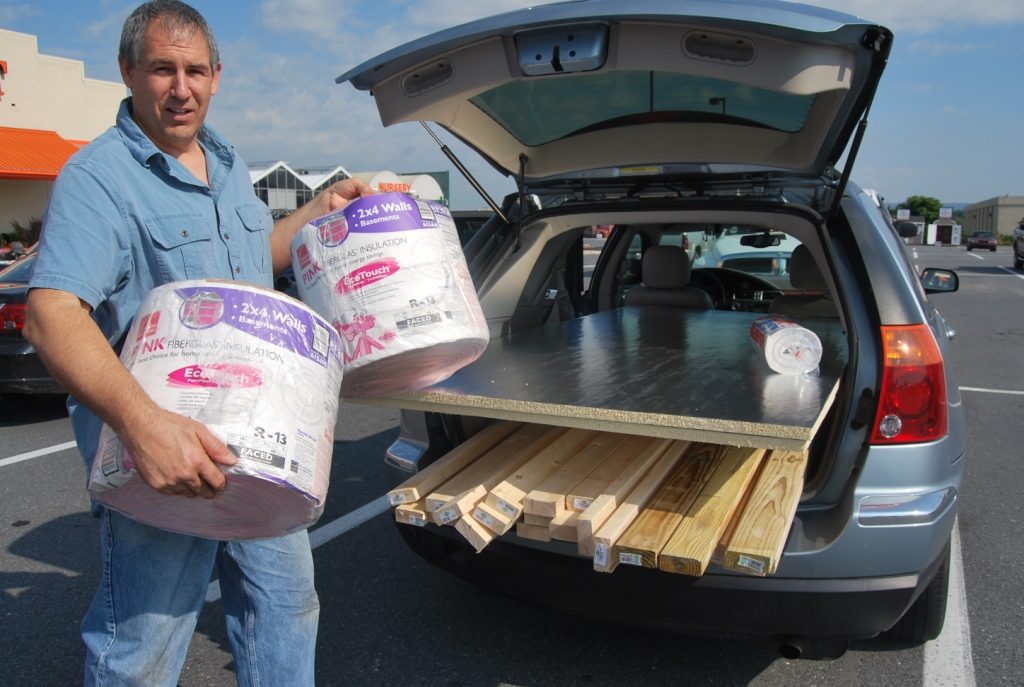

traditional framing and insulation
Hands on Experience with InSoFast

| Install Guide | Ordering Guide | Contact/Quote |
Edward Scherrer is the President of InSoFast, LLC and has been involved in the construction industry for over 30 years. He and his business partner, Paula Scherrer, founded InSoFast in 2006. Ed’s primary focus within the company is product design and development and he has several patents to his credit. In October of 2013, Ed’s technologically advanced InSoFast insulation panels received a U.S. patent. Here, we speak with the inventor about his past experiences in the industry and what the future entails for InSoFast.
You started your career with custom home construction. In the 1990s you built houses with low volume framing in combination with continuous exterior sheet insulation. You later got involved in the ICF (Insulated Concrete Forms) industry. Can you tell us about these experiences?
I got involved in energy efficient construction in the late 1980s. In the 1990s I started building houses using low volume framing or optimum value engineered framing where we would remove unnecessary studs and wood framing and replace it with insulation because we wanted to eliminate the thermal bridging created by the studs. One of the frustrating problems we discovered is that every fastener created a thermal short circuit when it penetrated the continuous insulation board. The heat transfer would be highlighted by permanent spotting on the finish. Later I got involved with Insulated Concrete Forms, which is basically continuous insulation with a strong structural interior.

Thermal Short-Circuits Spotting Finished Siding along an Exterior Wall
How was the ICF industry different than it is today when you first got involved? What role did you play in developing the industry?
When I started working in the ICF industry it was in its infancy. There were all sorts of engineering hurdles to jump since it was considered a new type of construction. ICFs are advertised to be as “simple as stacking LEGOs ®.” However, the time, labor and technical aspects are much more intensive than conventional framing. It was easy to end up with crooked walls and voids in the concrete, which was something that actually intrigued me about the industry. As one solution to this problem, I designed steel turn-buckle adjustable bracing. People also needed help installing ICFs the right way, so we started a consulting firm to help customers install everything properly. We also did some technical training workshops for people who wanted to install ICFs themselves. Working with these DIY-ers gave us some insight on how ICFs could be improved because we could see where they struggled. We realized people needed more hand-holding throughout the process, so we decided to design prefabricated wall panels. We’d custom assemble the wall panels and ship them out to the job site to be installed with ease.

You’ve always been DIY friendly. Before inventing InSoFast you even developed DIY kits for radiant floor heating systems. Can you tell us a bit more about this product? Why is DIY so important to you?
Most of the customers who decided to use the ICF system also chose to use radiant floor heating which is just as complicated of a process. That’s when we decided to put together what we called a pumping board which had all the hook-ups in one assembly. Basically we put all the engineering aspects into one DIY package. It’s quite a challenge, but I’ve always found it rewarding to simplify processes for DIY use. When working with professional contractors, it’s clear that they already have their tricks and it’s difficult to learn much from working with them. When consulting with the homeowners, they always let you know where they are struggling. They make it easy to find design solutions. A general contractor is really just a problem solver. They are charged with having to put everything together in the field and make it work. Pieces don’t always fit well together. I’m interested in solving the puzzle and making it easy for others to put it together.
How were the InSoFast panels born? Explain to us the process of transforming the panels from an idea into a successful product?
The concept of InSoFast panels came from taking all of the benefits of Insulated Concrete Forms while addressing the problem areas that were a struggle for DIYers. Waterproofing an ICF basement wall is a good example because a leak can travel through the seams in the foam and come out several feet away from its origin point. This causes waterproofers to remove multiple sections of foam to find a leak. In response, we designed InSoFast panels with features like engineered drainage and drying channels. This design allows water from a wall leak to flow unnoticed directly down into a perimeter drain tile or water management system. The built-in multi-directional wiring chaseways were also a reaction to DIY and ICF problems. Electricians used to have the tedious task of designing and cutting chases into the foam. Now, those steps are engineered into the InSoFast panel.
It took about a year to design the panel and another year to get the product into the market. Teaching someone how to properly frame and insulate a basement can take many days. Designing a product with all of the engineering included gives customers a professional result without having to waste time figuring out all of those complex procedures.

After years of being a patent-pending product, InSoFast was declared patented technology. What is involved in the process of obtaining a patent? What does this official patent mean for InSoFast?
The patent process was unique for InSoFast. There are about 30 different features meaning we essentially had to apply for 30 different patents. We literally had hundreds of pages of documents that were submitted to our patent attorney. He translated all of this information into patent language and sent it out to the patent office. There was a lot of back and forth communication, especially since some of our designs were changing throughout the process. For example, the addition of the EX 2.5 panels made the whole process take much longer. In reality, it’s an ongoing and continuous process to stay at the cutting edge of design. With that being said, the patent gives us 20 years of protection that prevents other companies from copying our design and the features exclusive to InSoFast panels.

Since it’s release in 2006, what have you found to be the biggest misconception and/or least understood quality of the InSoFast panels?
We’ve often found that people think that our product sounds too good to be true. When potential customers can’t find out anything bad about the panels they begin to doubt its capabilities. There has also been some unnecessary doubt in terms of the adhesives. Using adhesives is not the mainstream way of doing this kind of construction. In reality, there are so many safety factors that we’ve engineered into the product and the actual numbers are quite astounding. A bridge has a safety factor of only 4-5 times its rated capacity, where InSoFast has a safety factor of 80-100 times its capacity. From an engineering standpoint this is incredible, but it also leads to some doubts from our customers. It’s easy to understand why it would seem unbelievable that an 8ft stud section can hold 7,000 lbs of straight pull off, but we’ve engineered our product to meet those capabilities.
What do you see for the future of InSoFast in the building world? Do you have any new innovations in the works?
We see InSoFast as being a brand name in the construction industry that will be recognized nationwide. Our product line is going to continue to expand over the upcoming years. We have some plans for new products that will be released in the next year or two, specifically for the construction industry. We also aim to be on the forefront of teaching DIY methods by putting the engineering in the product.

According to Wikipedia, the term do-it-yourself as used to describe one’s home-improvement ethics has been around since at least 1912. Today, the DIY concept empowers individuals across various industries. Products like InSoFast enable users to simplify important processes without sacrificing professional results. In 2014, InSoFast will participate in the Energy & Environmental Building Alliance’s (EEBA) Houses that Work Program. Here’s your chance to join us in workshops similar to the events our inventor used to organize in his ICF days. We’ll be touring the country to teach builders, architects, and home-owners about energy efficient building practices.

